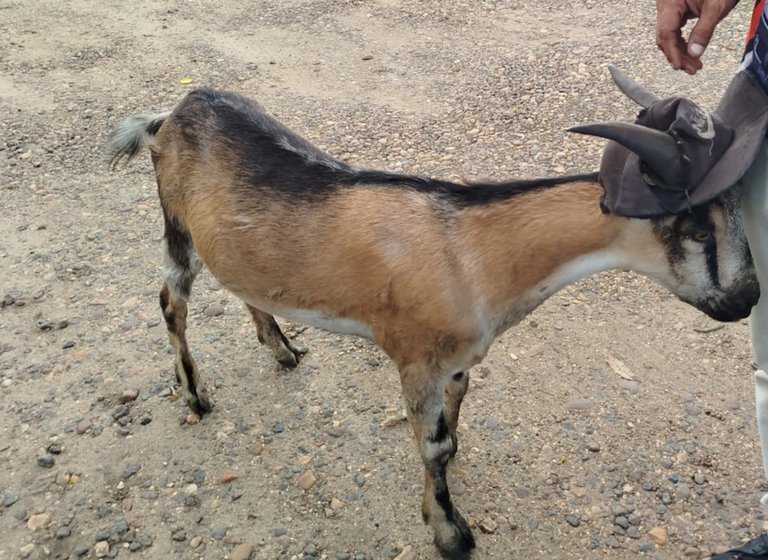
Hello, very good morning to all nature lovers. I hope you are having a beautiful weekend and if it is in contact with mother nature, even better. In the place where I live, a medium urban space located in the eastern plains of southern Anzoátegui, specifically in the Mesa de Guanipa, it is customary to mix domestic species between both divisions; the populated area, and the countryside. And when I say moderately urban, I refer to the fact that Guanipa is a small town and we are very close to the unpopulated area, such as farms, open savannah, and also close to the highways bordering other towns. In this sector we can see how sometimes horses and cattle escape from the farms, and appear walking along the edges of the alleys of some populated areas.
But this characteristic has facilitated the breeding of various farm animals, in yards and gardens of some houses in the town. This is not the case of the residential complexes that by condominium regulations scarcely allow dogs and cats, but it does happen in the houses that are outside of these urbanizations, and that do not have to be governed by any regulations. Even, the typical savannah environment, apparently does not stipulate among the rules of the city, that these species are prohibited in the houses as long as they do not affect the neighbors.
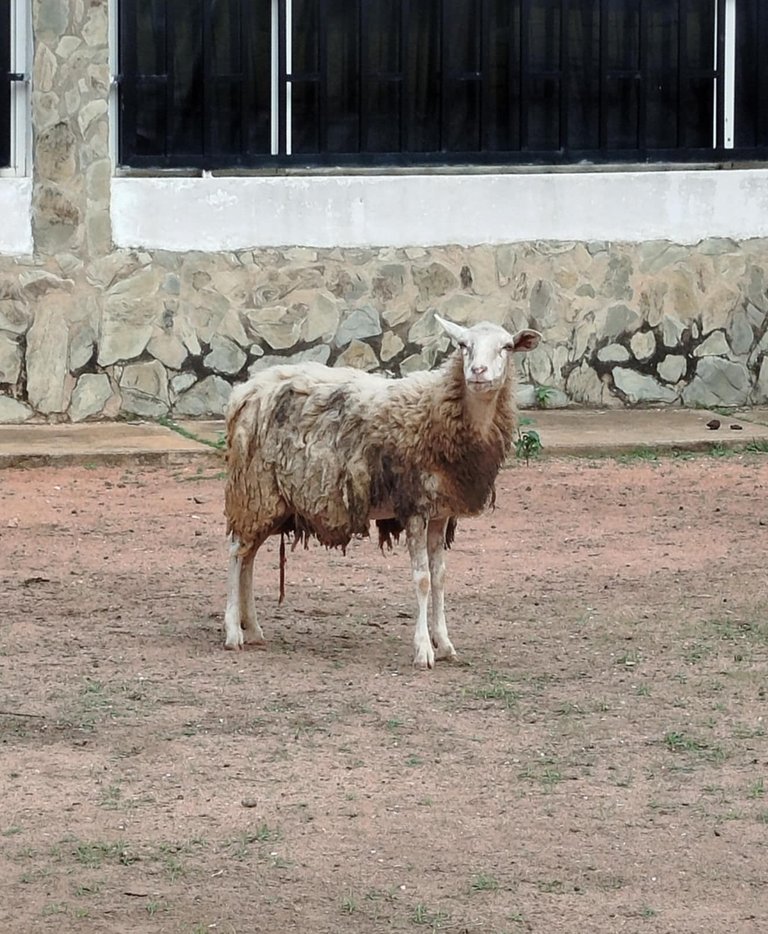

I am going to share with you two very particular cases that are close to where I live, and whenever I go for a walk, I have a very nourishing interaction with them, well, with one more than the other. They are Mr. Ovejo, and Mr. Chivito con Gorra.
Mr. Ovejo was alone in the garden yesterday, because at other times he is in the company of other smaller ones. He let himself be photographed showing his poise and elegance, and a large tangle of wool tangled on his body. But let's talk a little about this species, we start from the defined name that is “the sheep”, and the male of this one, comes to be the ewe or ram. What arises from the culture and customs of the peasants of this area, leads to mention the sheep in a generalized way, for this species, whether male or female, and at the time of addressing this species, they call it “sheep”. At no time do they call it sheep or ram, but simply “sheep”.



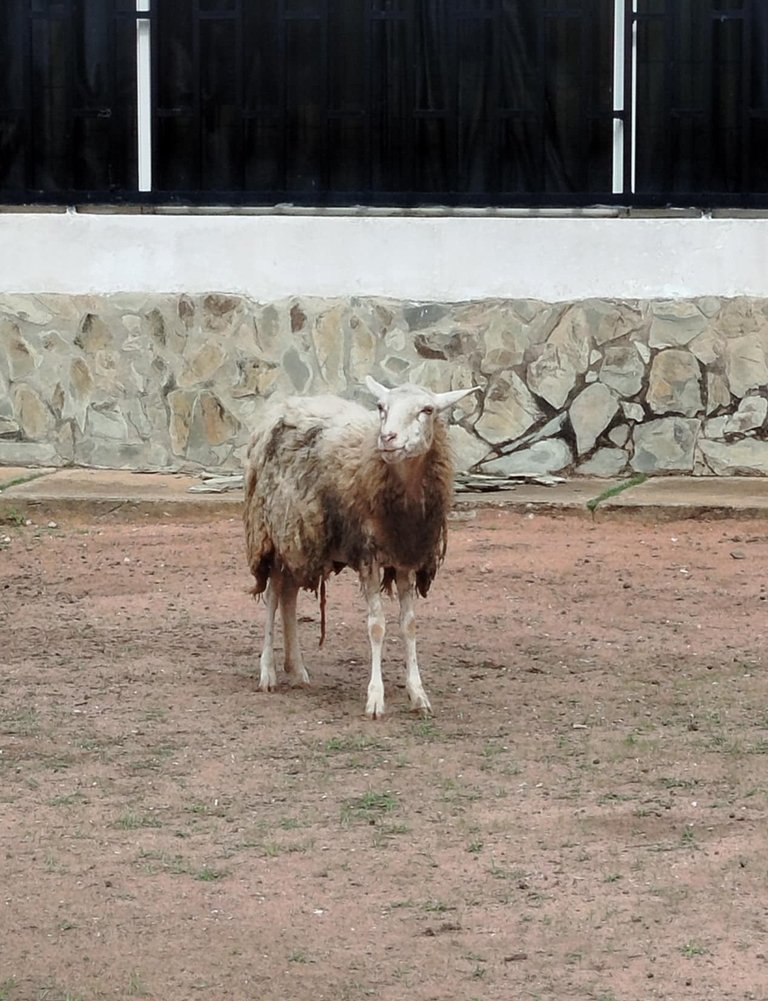

This species feeds on grasses that are very abundant in the humid tropical zone of the Venezuelan plains, and must have plenty of fresh, clean water near them. They are very docile and can adapt to different climatic environments and direct contact with people. In the case of these house pets, which I have been seeing for many years when I pass by the place, it is obvious that they are not kept for profit for their meat, but perhaps for their wool. Ovejo en Venezuela - Google
Further on, in a large space that functions as a house and business, we find Mr. Chivito with a cap, and this pet that they have had since he was very small, is very playful, and the owner put a cap between his ears, and when he takes it off, he looks for it himself to put it back on. He is very affectionate, and he likes cookies, so when they raise and sound a candy wrapper, he comes running to meet them. In order not to make him sad, you have to reward him with a little cookie that his owner always has at his disposal. He really is a sweet little goat.


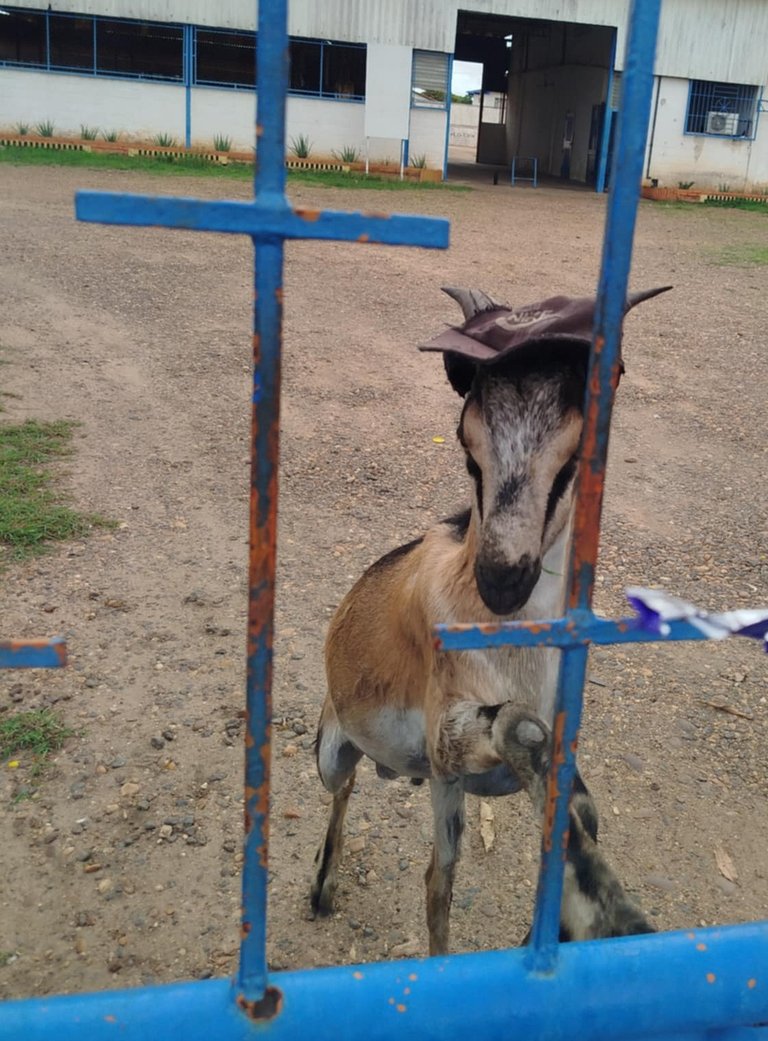
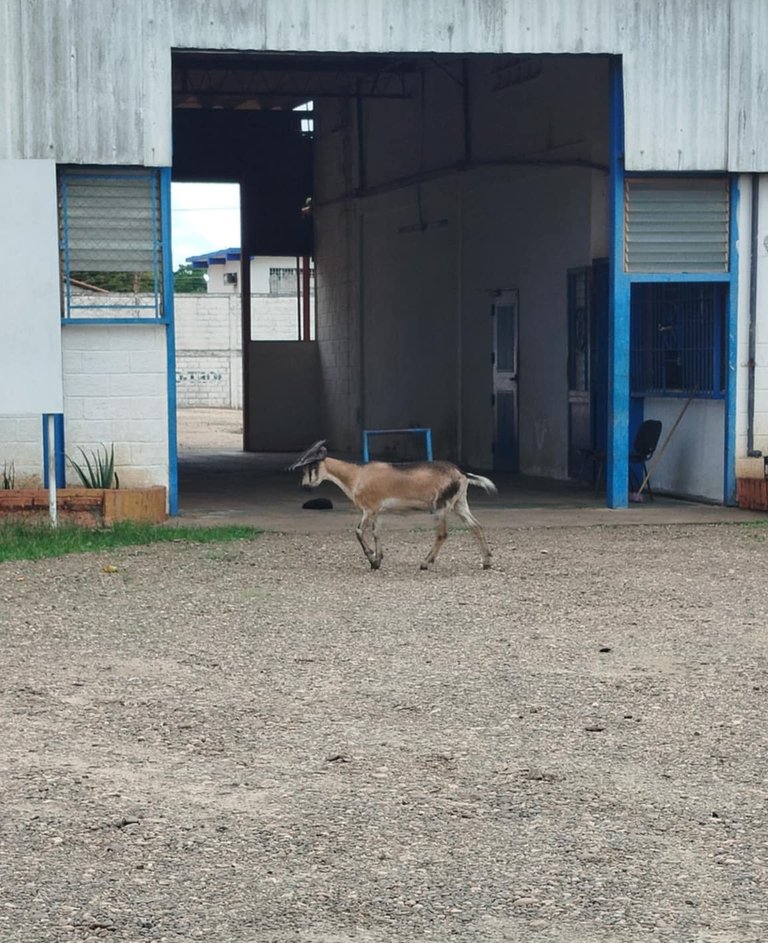


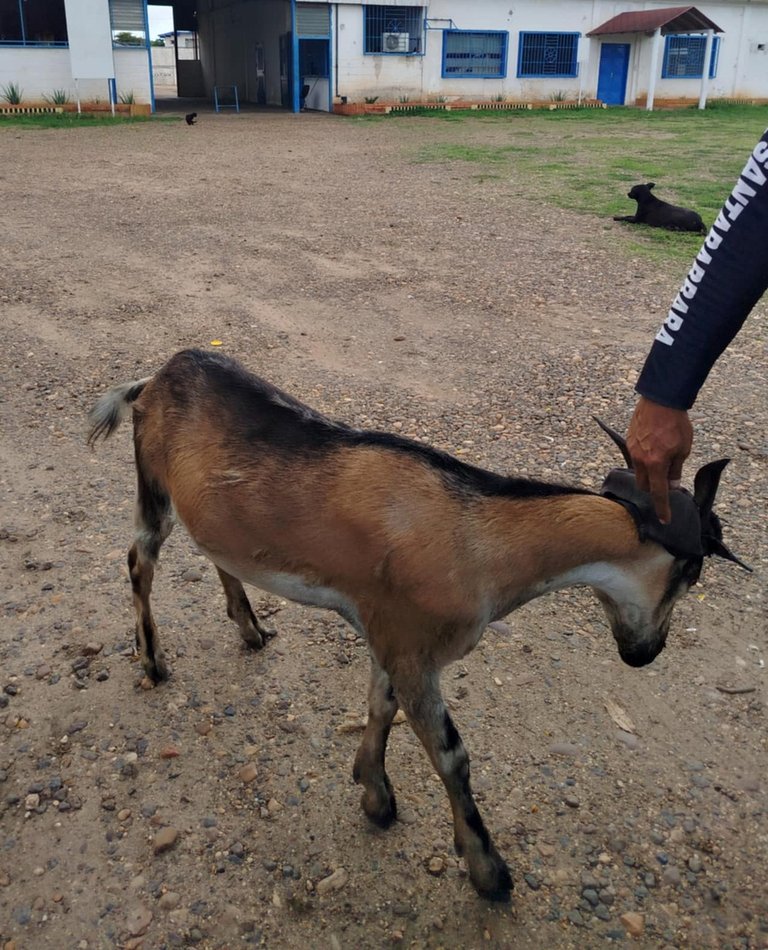

Now let's talk a little about this species, which as with the sheep, in the first place the goat turns out to be the male of the goat, and secondly, it is known by this name (chiva and chivo), to the goats when they are young or lactating, but in a generalized way, the llanero calls “chivo” to both the female and the male of this species once they reach adults, so we hear nouns like chiva and chivo. Rarely do we hear them referred to as goat in this area. They adapt well to any climate, and are herbivorous animals, and in cases where they are not kept as pets, they market their meat and milk, the latter is very common in the region to prepare the famous goat cheese. Chivos - Google

I hope you enjoyed these two very special pets, I'll see you again soon. Thanks for visiting my blog... happy weekend.

INFORMATION SOURCE
Chivos - Google
Ovejo en Venezuela - Google

IMAGE SOURCES
All images are from my personal archive.
The translator used is: Deepl Translator
Dividers courtesy of eve66.

Original Author Content
Applications: Canva, PhotoScape, Instagram, Inshot and Pixiz.
Translation: Deepl Translator www.DeepL.com/Translator
Personal images are taken with an Android Redmi 13 mobile device owned by me.
Images used in banners, minibanners, gifs and separators, are courtesy of Pixabay.
© Copyright: @annafenix (2021 - 2025)


